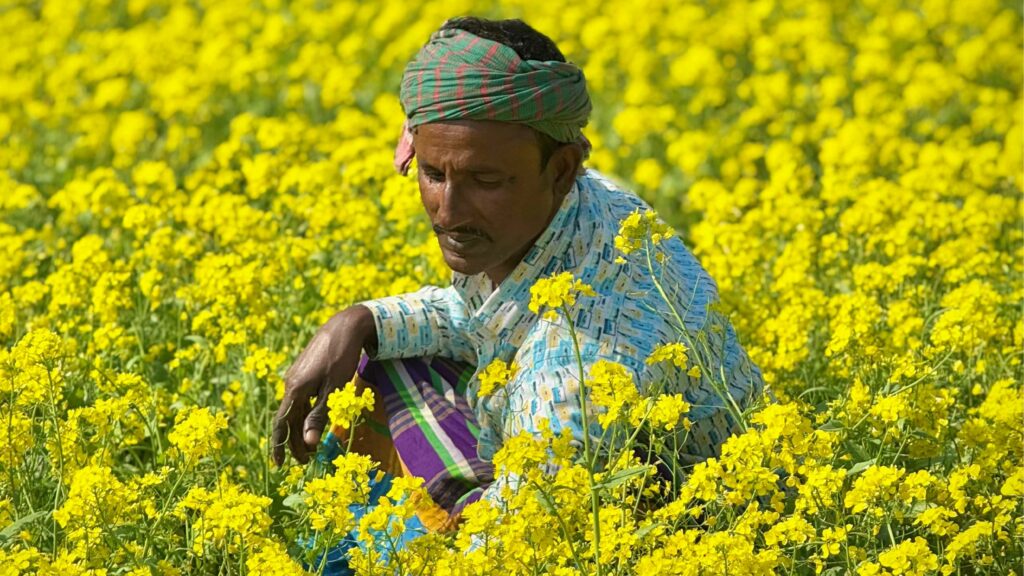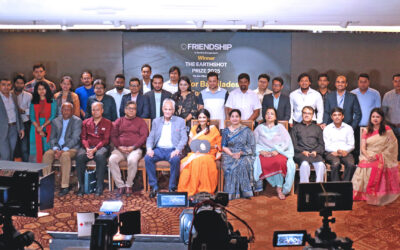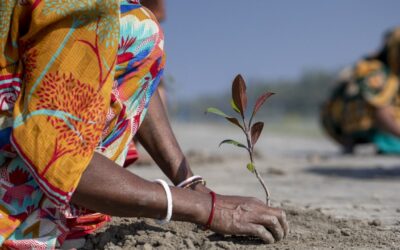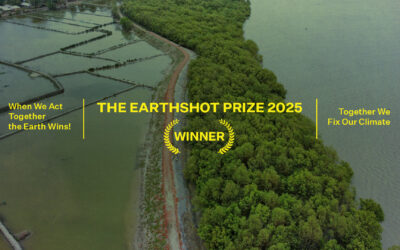
by Magnus Mayeen Ahmed,
28 October, 2025
Communications is both an art and a discipline, the bridge between knowledge and understanding. It is how ideas turn into action, and how complex realities can move hearts and minds. Yet, in the world of climate discourse, this bridge is often made unnecessarily steep. The urge to sound technical, to prove authority through jargon, sometimes overshadows the very purpose of communication: to connect with people.
For most global audiences, the realities of climate change in vulnerable regions like Bangladesh are far removed from daily experience. The terms “climate adaptation,” “resilience,” or “climate justice” may be familiar to professionals and policymakers or even general audiences with an interest in the climate, but they often fail to convey the human urgency behind them. When communication focuses too heavily on data or technical frameworks, it risks alienating those who might otherwise be inspired to care, contribute, and act. If our words do not create understanding, they cannot create change.
Communication is not just about what we say, but how we say it, who we say it to, and why it matters to them. Our work in the remotest corners of Bangladesh, from the shifting river islands in the north to the fragile coastal belts of the south has taught us that climate communication must be rooted in human experience. It must speak to emotion as much as intellect, and it must make science relatable to everyday life.

When we talk about “resilience,” for example, we do not only mean embankments, mangroves, or floating hospitals. We mean the mothers who stand firm against rising tides to keep their families safe. We mean the teachers who continue classes on plinth schools even when floodwater surrounds them. We mean the youth who plant mangroves not because they are told to, but because they know their future depends on it. These are the stories that bring climate change out of reports and into reality.
This is why effective climate communication is not a luxury; it is a necessity. It transforms abstract data into meaningful narratives. It allows a global audience to see how the lives of vulnerable communities are not just tales of survival, but stories of leadership, innovation, and hope. It builds empathy, and empathy drives collective action.
The challenge lies in balancing accuracy with accessibility. Climate science is complex, but its implications are universal. The message must therefore be tailored, whether we are addressing communities in the chars, youth in universities, policymakers in Dhaka, or audiences across the world. Each needs the same truth, but in a language they can relate to. The char dweller needs to hear how climate change affects their crops or floods their homes. The urban youth must see why sustainable choices in cities matter to those in coastal villages. The global audience must understand that local, community-led action is the key to global climate resilience.
Through storytelling, visual documentation, digital campaigns, and on-the-ground engagement, it is imperative to give voice to the people who are too often left out of climate conversation. Because climate communication is not just about speaking for communities, it is about enabling them to speak for themselves.

As the impacts of climate change intensify, so too must our efforts to communicate effectively. Technical solutions alone cannot solve a problem that is as social and emotional as it is environmental. To inspire change, we must bridge worlds: science and society, data and humanity, the North and the South. We must remember that the most powerful message is not always the most complex one, but the one that everyone understands, feels, and believes they can act upon.
In the end, communication is not just about spreading awareness, it is about inspiring action. And when communication becomes inclusive, climate action becomes collective.



